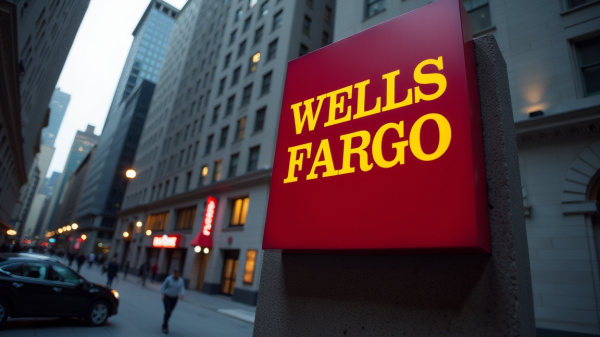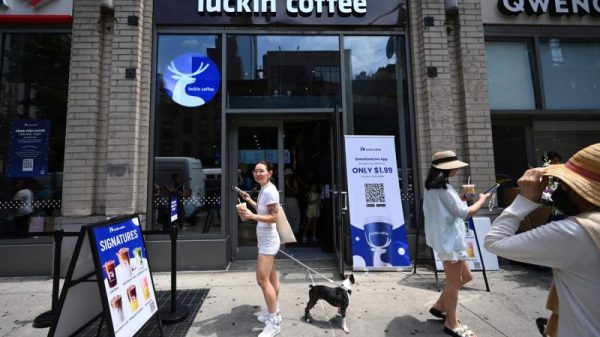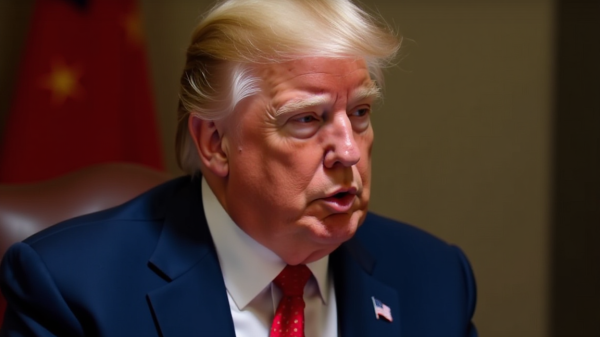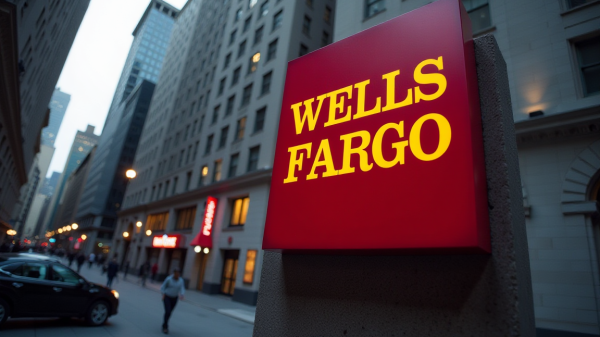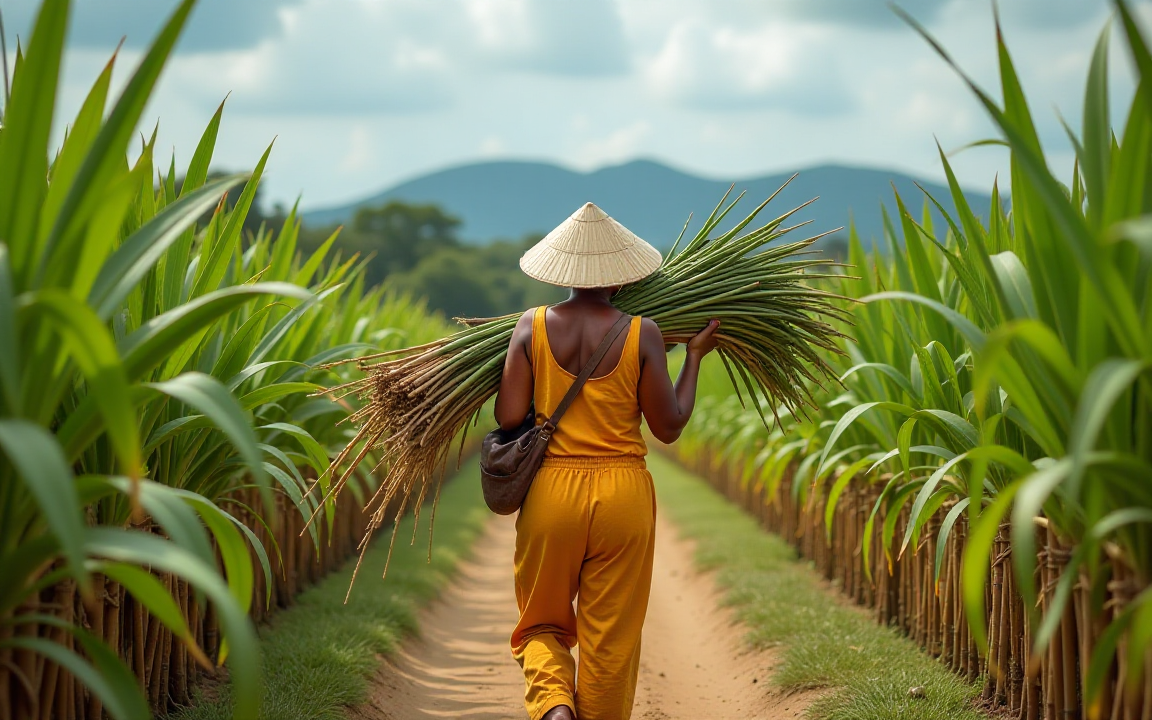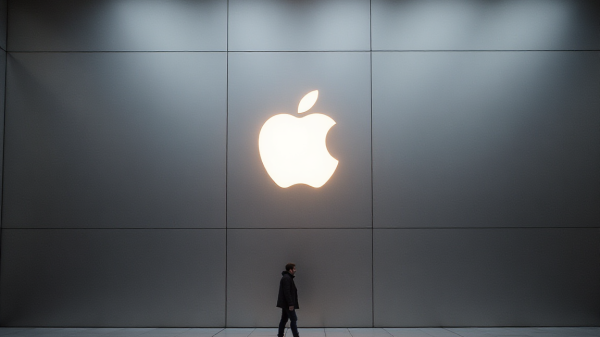The global raw sugar market experienced a notable downturn on Monday, with prices plummeting to a four-year low.
The commodity was trading just below 16 US cents per pound, a significant drop that has raised concerns among producers and traders alike.
This sharp decline can be attributed to a confluence of factors, including robust global supplies, a stronger US dollar, and subdued demand in key importing nations.
However, the recent bearish sentiment was primarily triggered by a surprising surge in sugar production reported by Unica, the prominent Brazilian sugar industry association.
Specifically, Unica’s data revealed an unexpectedly robust increase in sugar output from Brazil’s Centre-South region during the latter half of May.
This particular area is a crucial global supplier, and its heightened production figures introduced a substantial amount of additional supply into the market, leading to concerns about an impending surplus and subsequently driving prices lower.
Production volumes increase
Production volume saw a 9% year-on-year increase, reaching 2.95 million tons, primarily driven by a greater volume of processed sugar cane.
During the second half of May, a significant portion of the sugarcane harvest, specifically almost 52%, was directed towards sugar processing.
This indicates a substantial commitment to sugar production within the agricultural and industrial sectors, highlighting its importance as a primary product derived from sugarcane.
The remaining portion of the sugarcane would likely have been utilised for other purposes, such as ethanol production, jaggery, or animal fodder, depending on market demands and existing infrastructure.
The efficiency of this processing and the overall yield would have been crucial factors in determining the economic success of the sugar industry during this period.
In the same period of the previous year, the processing figure was just over 48%.
Carsten Fritsch, commodity analyst at Commerzbank AG, said in a report:
Apparently, the low oil price had made the production of ethanol less attractive (in 2025), so that sugar mills increasingly focussed on sugar production.
Prices
A broker attributed the subsequent price recovery to a 4% decrease in sugarcane’s sugar content compared to the previous year, which otherwise would have led to a greater increase in sugar production.
Fritsch said:
In our opinion, this is more likely to be an overdue rebound after the previous price slide.
Speculative market participants’ positioning indicated an already highly negative sentiment. By early June, their net short positions, last seen over three months prior, had resurfaced.
Net short positions continued to expand in the last reporting week.
“This means that a lot of price-dampening news is likely to have already been priced in, which should limit further downside potential,” Fritsch added.
Despite the initial slump, the market saw a modest recovery later on Monday, with prices recouping some of their losses. However, prices on the Intercontinental Exchange were down more than 1% at the time of writing on Tuesday.
The post Brazil’s rising sugar output drives global price plunge appeared first on Invezz



